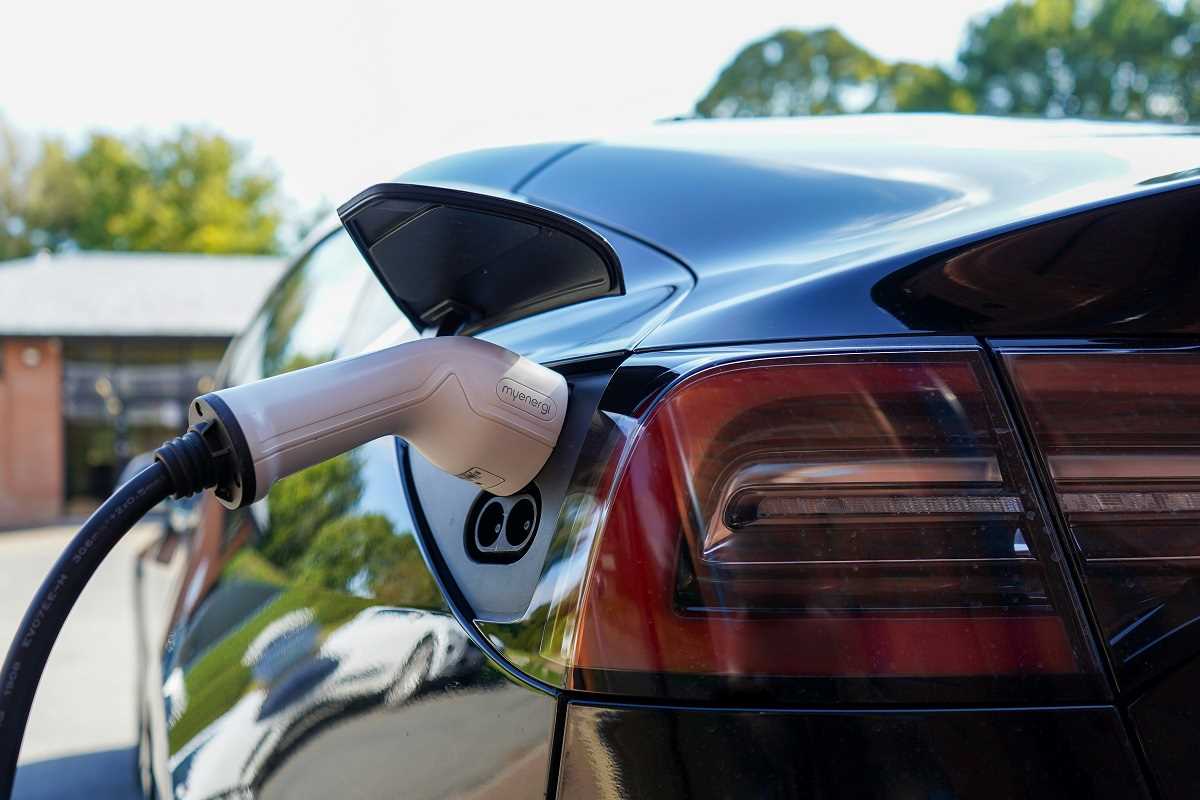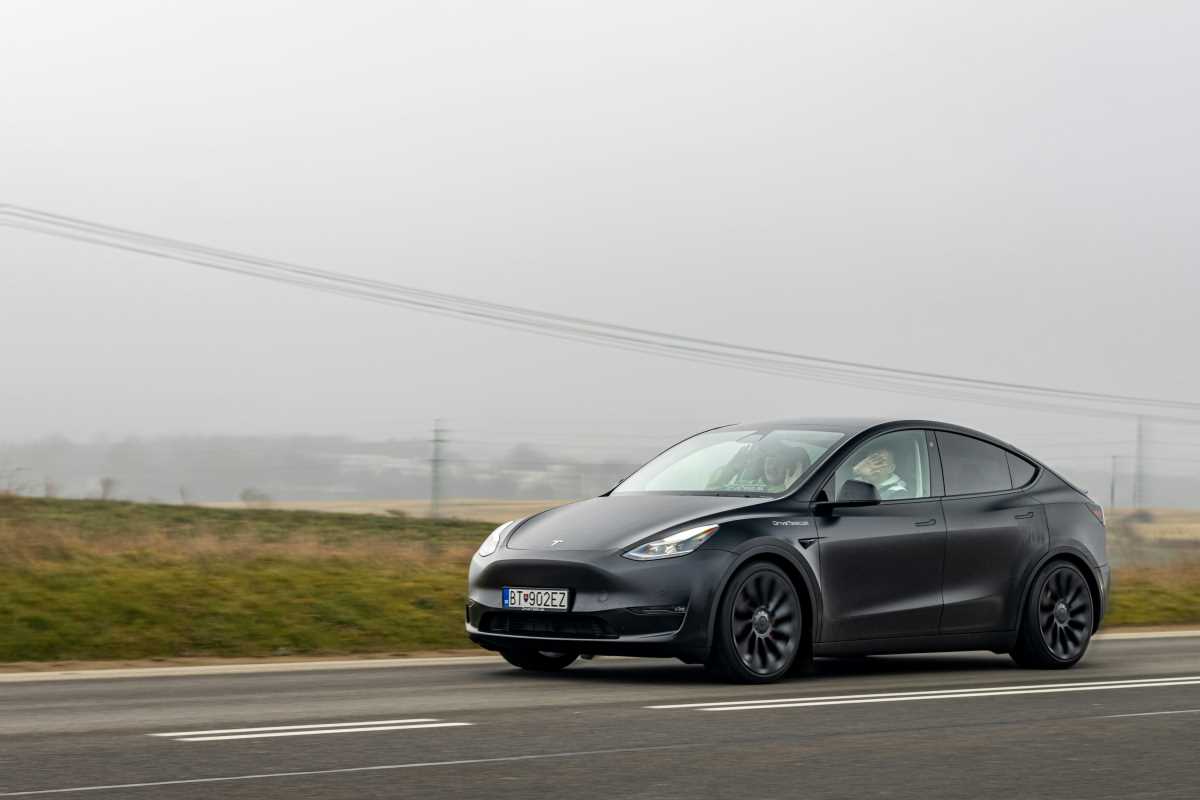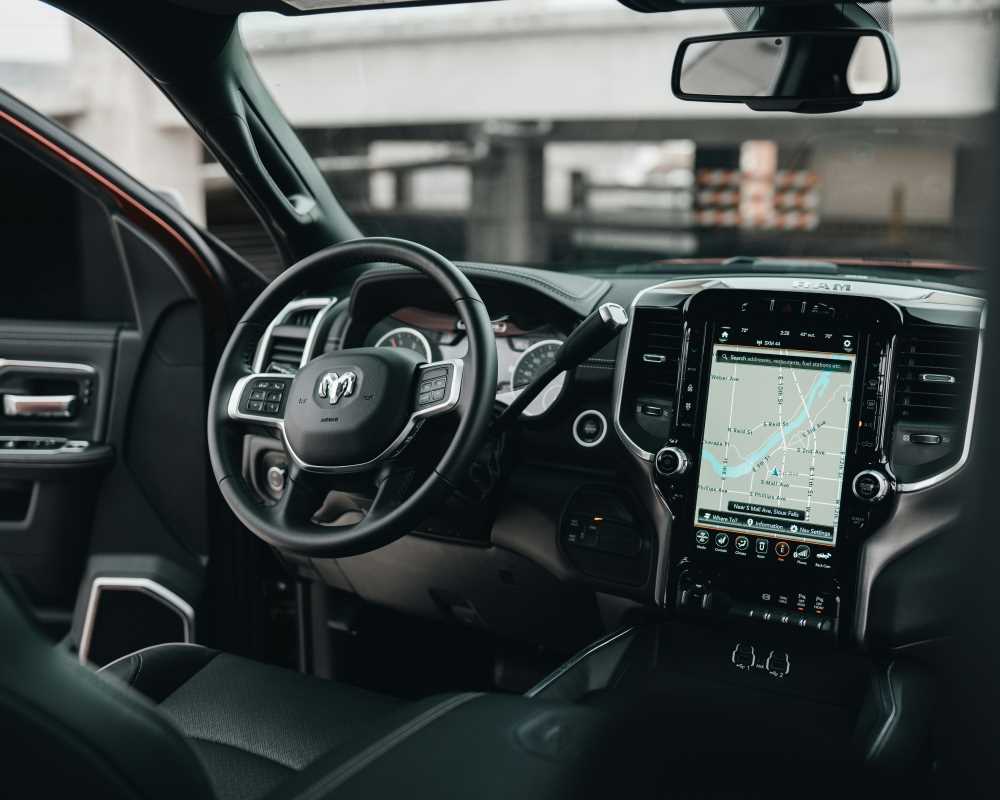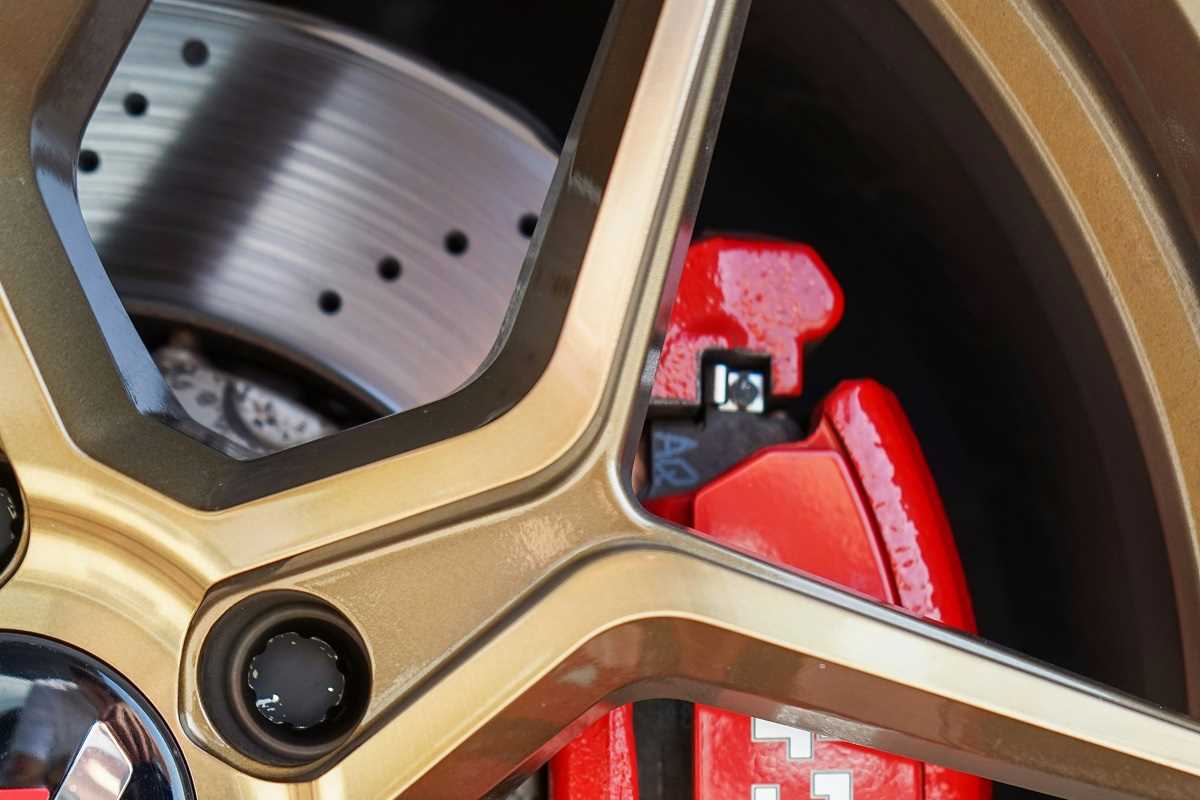Electric vehicles (EVs) have come a long way from being niche experiments to becoming the future of transportation. With advancements in technology and an increasing focus on sustainability, EVs now offer features that combine convenience, performance, and eco-consciousness. If you’re shopping for or simply curious about electric vehicles, here are the top ten features that make them a better option for you.
1. Long-Range Batteries
A critical concern for any EV buyer is range. How far can the car go on a single charge? Modern EVs now come equipped with long-range battery packs that offer up to 300-400 miles per charge, making range anxiety a thing of the past. Brands like Tesla, Lucid Motors, and Rivian are pushing the boundaries with innovative battery tech that combines efficiency with durability.
Why it matters? Long-range batteries mean fewer charging stops, which is not only convenient for long trips but also contributes to the practicality of EVs for everyday use.
2. Fast Charging Capabilities
While the range of EVs is improving, no one wants to wait hours at a charging station. This is where fast charging capabilities make a huge difference. Many modern electric vehicles now support DC fast charging, allowing drivers to add 100-200 miles of range in as little as 20-30 minutes.
High-speed charging networks like Tesla Superchargers and Electrify America are expanding rapidly, making it easier to charge on the go. Some EVs even include ultra-fast 350 kW charging technology, which is a major time-saver for road trips.
Fast charging enhances convenience and reduces “downtime,” bringing EVs closer to competing with gas-powered vehicles in terms of refueling ease.
3. Advanced Driver-Assistance Systems (ADAS)
Driving EVs isn’t just about going green—it’s about smarter, safer driving. Advanced driver-assistance systems (ADAS) have become a hallmark of modern electric cars. Features like adaptive cruise control, automatic emergency braking, lane-keeping assistance, and even semi-autonomous driving (like Tesla’s Autopilot or GM’s Super Cruise) significantly reduce stress behind the wheel.
ADAS technology uses sensors, cameras, and radar to create a safer driving experience by preventing common accidents or reducing their severity. These systems are superb for long commutes, highway driving, or navigating busy streets, giving drivers a peace of mind.
4. Over-the-Air (OTA) Software Updates
Think of your EV as a smartphone on wheels. Modern EVs now offer the ability to receive over-the-air (OTA) software updates, which bring new features, enhancements, and even bug fixes without needing a trip to the dealership.
For example, Tesla regularly updates its cars with performance improvements, new entertainment options, and improved autopilot capabilities—all with a simple overnight download. This feature ensures your EV stays up-to-date and feels fresh for years to come, increasing its longevity and appeal.
5. Connectivity and Smart Features
Connectivity has become a must-have feature in any modern vehicle, and EVs are leading the charge (pun intended) with cutting-edge smart features. Many EVs come with built-in apps that allow you to control various aspects of the car remotely, such as adjusting the temperature, checking battery levels, or pre-setting navigation routes.
Integrated infotainment systems with large touchscreen displays take in-car tech to another level. They often offer seamless integration with smartphone platforms like Apple CarPlay and Android Auto. Some even support voice commands and include built-in streaming apps like Spotify for entertainment on the go.
The level of connectivity makes EVs smarter, more dynamic, and easier to integrate into a digital lifestyle.
6. Eco-Friendly and Sustainable Materials
Modern EVs aren’t just about reducing tailpipe emissions; many manufacturers are also prioritizing sustainable materials in the production process. Companies like Polestar and Audi are using recycled plastics, repurposed metals, and vegan-friendly interiors to minimize the environmental footprint of their vehicles.
For example, the BMW i3 offers interiors made from recycled bottles and plant-based fibers, while Tesla offers vegan leather upholstery as a premium option. Eco-friendly materials not only enhance the overall appeal of the vehicle but also align with the sustainability ethos of EV ownership.
7. All-Wheel Drive (AWD) and Performance Options
Gone are the days when EVs were seen as less powerful alternatives to gas cars. Thanks to the innovative placement of electric motors on each axle, many modern EVs feature all-wheel drive (AWD) capabilities, delivering superior handling and performance.
Performance-oriented EVs, like the Tesla Model S Plaid or the Porsche Taycan Turbo S, boast jaw-dropping acceleration. EV motors deliver torque instantly, meaning faster 0-60 mph times and smoother driving dynamics. Whether it’s for snowy conditions or a spirited drive, modern EVs don’t compromise on thrilling performance.
8. Regenerative Braking
Regenerative braking is an ingenious feature exclusive to EVs (and some hybrids) that improves efficiency and enhances the driving experience. This system captures the energy typically lost during braking and uses it to recharge the vehicle’s battery.
Most EVs allow drivers to adjust the intensity of regenerative braking, with settings that provide a smoother or more aggressive slowdown. Many experienced EV drivers swear by "one-pedal driving," where regen braking slows the car down enough that the brake pedal is rarely needed.
This feature not only extends battery life but also reduces wear on the braking system, saving maintenance costs in the long run.
9. Spacious Interiors and Frunks
Thanks to their innovative design, electric vehicles lack many of the bulky components found in gas-powered cars, like large engines or exhaust systems. This translates to significantly more interior space.
Many EVs come with what’s called a “frunk” (front trunk) in addition to a traditional rear trunk, providing extra storage. Combined with a flat cabin floor, EVs deliver a roomier and more flexible interior that can comfortably accommodate both passengers and cargo.
For families or anyone who values space, this is a highly appealing feature that adds practicality to the EV experience.
10. Sustainability and Carbon Footprint Reduction
Finally, and perhaps most importantly, EVs lead the automotive world in sustainability. Their zero tailpipe emissions significantly reduce air pollution, which is a major win for public health and the environment.
Many automakers are going the extra mile by ensuring their manufacturing processes are greener and even by committing to carbon-neutral production facilities. Hydrogen fuel technologies and renewable energy-powered charging stations are also on the rise, further cementing EVs' role in building a sustainable future.
For today’s eco-conscious consumer, knowing that their vehicle reduces their overall carbon footprint makes EV ownership all the more rewarding.
The Future of Electric Vehicles
Electric vehicles represent the perfect blend of innovation and environmental responsibility. From their long-range batteries to their use of eco-friendly materials, these modern marvels are practical, powerful, and designed for a sustainable future.
Not only do these features enhance the everyday driving experience, but they also align with growing consumer demand for greener, tech-savvy solutions. Whether you’re considering your first EV or upgrading to a new one, these must-have features ensure you’re investing in a vehicle that’s ready for the road ahead—and beyond.
With rapid advancements in technology, there’s no doubt the next generation of EVs will offer even more exciting possibilities. Until then, today’s EVs are already steering us toward a smarter, cleaner way to drive.
 (Image via
(Image via





